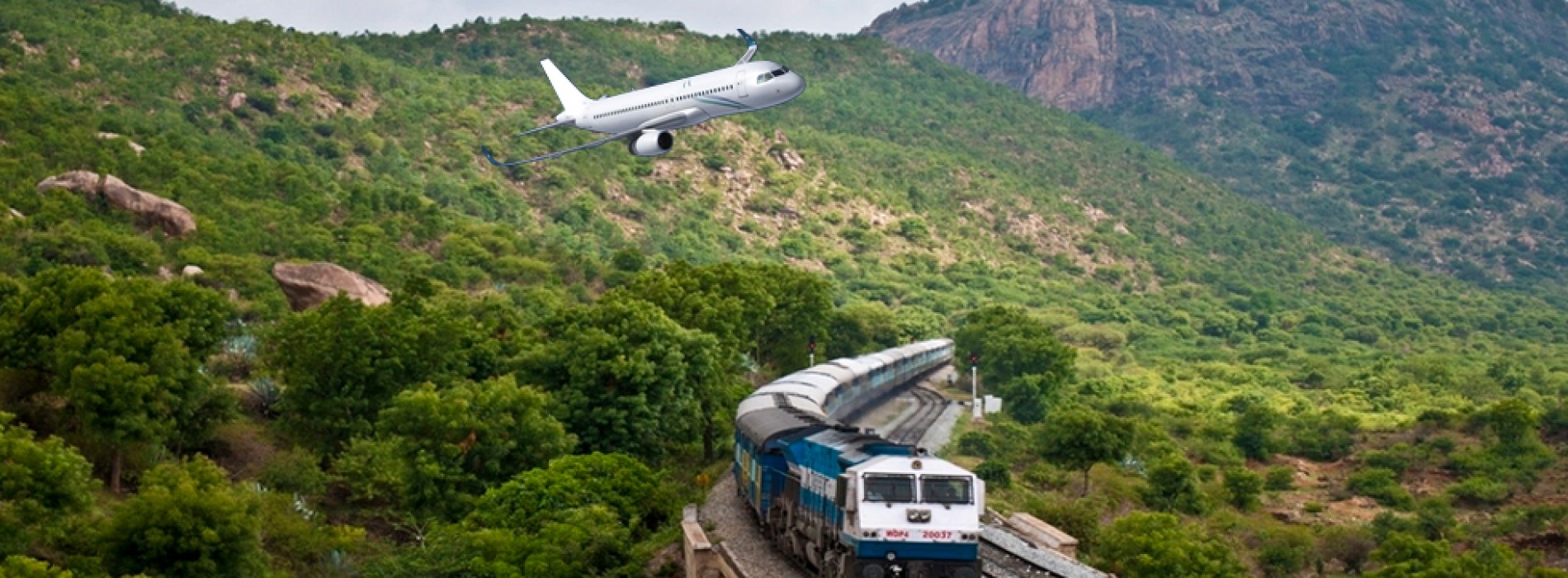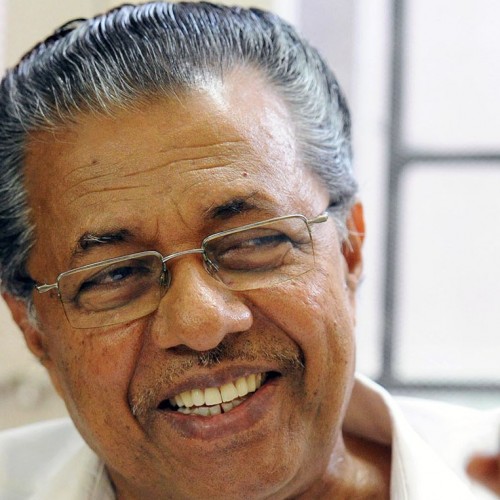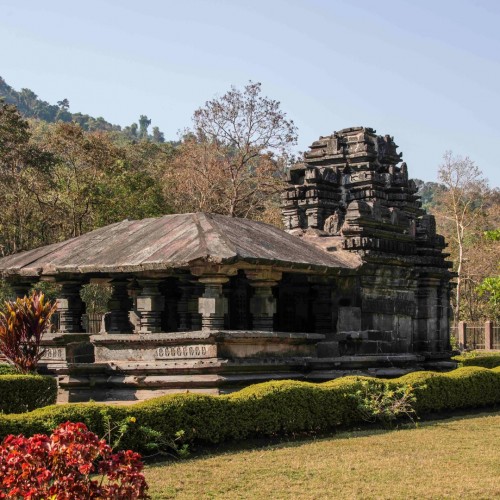Air traffic grows 23%, railways AC travel under 5%
Domestic air traffic is booming but the travel surge seems to have given the railways a miss, especially in the more profitable air-conditioned classes. While air traffic grew 23% to almost 77 million during April-December, the number of passengers travelling in air-conditioned railway coaches, which touched 108 million, grew at less than 5%.
As a proportion of number of passengers travelling in air-conditioned coaches, air traffic was over 71%, which is a record in recent years. Just a year ago, it was a shade over 60%. As a proportion of AC passenger traffic, domestic air traffic used to hover around the 50% mark until 2014-15.
For Indian Railways, passenger traffic is subsidised by freight or cargo with fares, on an average, covering 57% of the cost. Air-conditioned coaches are comparatively less loss-making, although AC three-tier was making profit. A NITI Aayog analysis showed that a couple of years ago, the railways was spending Rs 1.67 for every rupee earned from its passenger business due to its so called social obligation.
But a drop in air fares on the back of a fall in global oil prices, together with the railways’ experiment with dynamic pricing -which made AC travel more expensive for those booking late -meant that it was more attractive to fly. Faced with financial stress, the transporter ignored the decline in AC traffic and chose an easier option of introducing flexi-pricing for AC classes to reduce losses, over-looking the suggestions that it should actually hold fares, where it was vulnerable to competition.
Railways, as of now, controls large market share in suburban travel and long distance non-AC travel, but the state-run transporter succumbed to populist pressures and failed to rationalise fares in air-conditioned segments even as it lost short distance passengers to luxury buses and private vehicles and long-haul to airlines. The transporter was forced to bear the subsidy of around 64% on suburban travel. While this accounts for 54% of passengers, it yielded just 5.7% of passenger revenues in 2015-16.
You might also like
RezLive.com organizes Travel Agents Cricket Tournament in Ahmedabad
RezLive.com had organized a Travel Agents Cricket Tournament on 5th& 6th April, 2018 at Club O7, Ahmedabad. The tournament witnessed eight teams playing the knockout round in which Travel Trip
Delhi to witness a Grand Korean Grandeur in November
The 2 day Korea festival celebrating art, culture and heritage to be organised in the city. A two day Korea festival showcasing Korea’s rich art, culture and heritage will take
Kerala CM launches the ambitious Malanad-Malabar project
Kerala to get a major boost for cruise tourism project worth Rs. 325-crore. Pinarayi Vijayan, Honorable Chief Minister of Kerala inaugurated the ambitious ‘Malanad-Malabar cruise tourism’ project worth Rs. 325-crore at








